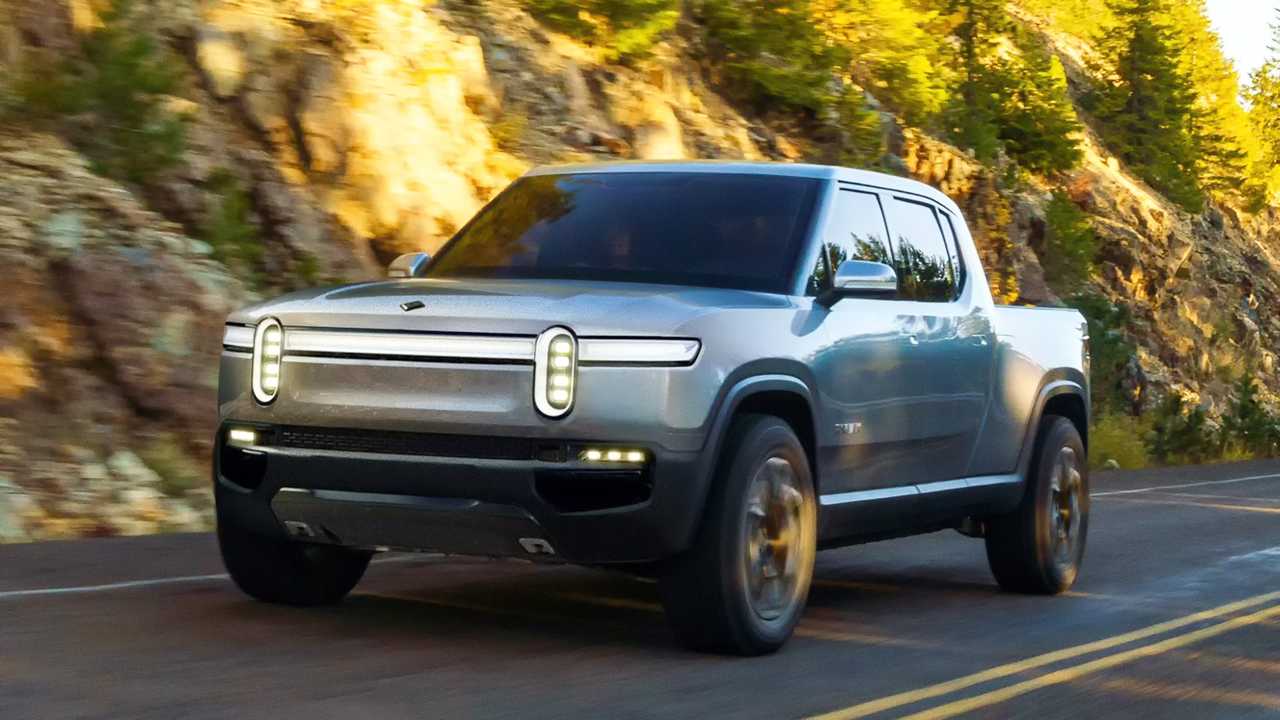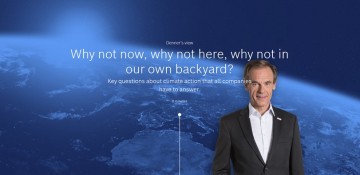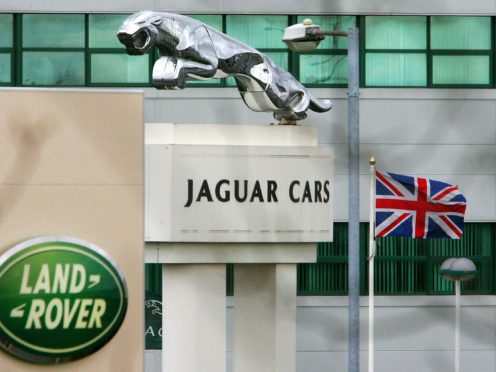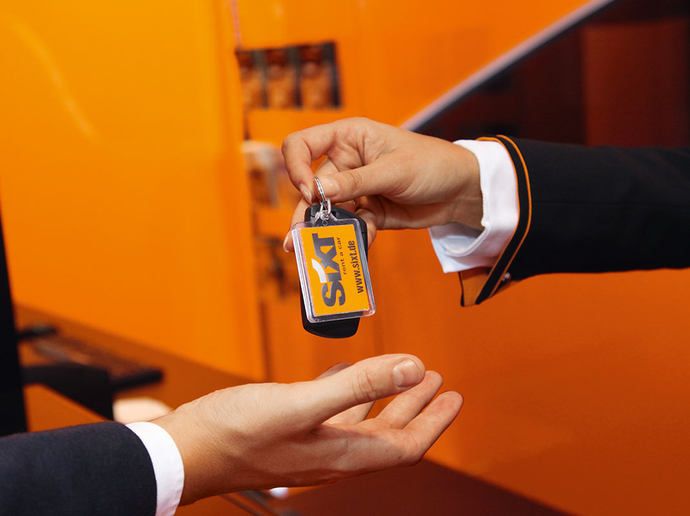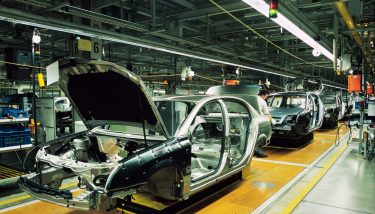Invest
Electric Cars
Electric Car Benefits
Electric Car Sales
Solar Energy Rocks
RSS
Advertise
Privacy Policy
Cars
Published on May 3rd, 2019 |
by Vijay Govindan
Tesla Insurance: Information Arbitrage To Save You Money
Twitter
LinkedIn
Facebook
May 3rd, 2019 by Vijay Govindan
Tesla Insurance will increase customer satisfaction
I recently went through the pain of looking for auto insurance for my new Tesla Model 3 Long Range. Some auto insurance companies are more sophisticated than others. Others … need some work. Some of the insurance sites I visited could not identify my Tesla VIN. One company said they would call me back. Another company that had an app for my phone would give me a quote in three weeks. One insurer thought our Tesla was a gas car. Facepalm.
Example A: Large, unnamed auto insurer thinks the Model 3 is a 4 door sedan running on gas.
Disclosure: I worked at several insurance companies for several years.
Consider two situations: One is a great customer experience for Tesla. The other is somewhere between bad and good, depending on the individual.
Imagine the following: You are ready to order your beautiful Tesla on your phone. You are super excited. You can’t wait to drive it and show it off. Before you place the order, you realize you need insurance before delivery. Magically, Tesla asks you if you want Tesla Insurance on your new vehicle. You add the insurance and you are all set! Painless! You are extremely satisfied with the ease of buying the car plus insurance. You look forward to delivery.
Contrast that with this situation below, which is not so pleasant. (Please note there is some exaggeration.)
Imagine the following: You are ready to order your beautiful Tesla on your phone. You are super excited. You can’t wait to drive it and show it off. You place the order. Then, horror of horrors — you need to find auto insurance before delivery. Yuck!
Panic ensues. How much will it be? Is it going to be super expensive? Do I need to visit a dozen sites to get the best insurance cost? Should you call that weird uncle of yours who knows the best deals in dark alleys with shady characters for everyone and everything? Suddenly, the purchase of your new Tesla got dimmed quite a bit.
Insurance companies can’t individually rate your driving characteristics. Instead, they bucket your experience and characteristics into similar “groups.” These groups are rated, usually by applying one multiplicative rating factor with another. Common groups include your age, when you first got your license, if you are married or single, if you own a home, your credit rating, your accident history, and anything else they ask for when you apply for auto insurance.
Sophisticated insurers use generalized linear models — think of y = a+ bx (instead of a and b being fixed, they can change based on your characteristics). Then expand that to y = a + b1x1 + b2x2 + b3x3 etc. (Linear algebra is very important here.) Even more sophisticated insurers are probably implementing or experimenting with Machine Learning and Big Data analysis.
Buying your insurance when you purchase the car will draw more people to Tesla. It saves you time, effort, frustration, and inconvenience.
Tesla knows how you drive better than you do
On Tesla’s Q1 2019 earnings call, Elon announced Tesla is creating its own insurance product. The company expects to launch it in about a month.
How could Tesla launch an insurance product without having any insurance experience? Very easily. They will have detailed information on how you drive your Tesla, better than an insurance company would. They also know their customers. Most people buying a Tesla probably have excellent credit. Excellent credit is a key factor determining your insurance costs.
“Your insurance score is based in large part on your overall credit rating.”
Last, Tesla knows the inherent safety of its vehicles. Safer vehicles mean reduced chances of having an accident, less chance of getting injured, and less chance of injuring someone else. New Teslas have a suite of cameras, radar, and sensors to keep you and others safe. They are moving towards Full Self Driving (FSD).
Obviously, Tesla would not classify your electric vehicle as a gas car. The company would be able to perform deeper classifications. In a word, it’s information arbitrage. I would define information arbitrage as one party having more knowledge about a situation than the other party in a contract. They use this “added” information to position themselves ahead of everyone else and generate profits from the opportunity. But this is not my term.
“Tesla has an ‘information arbitrage opportunity,’ Musk said. The company is able to capture driving data, giving the company direct knowledge of the risk profile of the driver and car. If customers want to buy Tesla insurance, they might have to agree to ‘not drive the car in a crazy way,’ said Musk, who added they can, they’ll just have a higher insurance rate.”
Tesla has the benefit of having Machine Learning expertise, continuously performing analysis on lots of Big Data, and to top it off, the company has an excellent neural networking team. The first two are keys skills for insurance companies, and the third includes skills the insurance companies wish they had. Tesla can take your vehicle information, anonymize it, group it together, perform statistical analysis, and figure out which combination of behaviors are safer or riskier. Use Autopilot more than 80% of your driving time? That could give you a discount. Drive the speed limit religiously? Could be another discount. Drive more highway miles than local? Discount! Take your Tesla and jump off cliffs? Penalty!
The beauty of this is Tesla only has to price the insurance at break even or a slight profit. It does not have to act as standalone insurers seeking profit as their primary source of income. This would cause a lot of havoc for auto insurance companies as Tesla’s fleet grows.
Now, with this in mind, Tesla Insurance saves you time, effort, frustration, inconvenience, and cost. It improves the customer experience.
Example B: Esurance, what’s going on with your rates? This is for an FSD model, which insurance companies don’t yet adequately rate.
What are some advantages Tesla has against insurance companies?
For a simpler format, I will list what I see as advantages for Tesla as an insurance company here.
Tesla creates the vehicles it will insure. These vehicles are some of the safest, if not the safest, on the road.
If a Tesla gets into an accident, occupants inside the Tesla are less likely to be injured. This reduces liability costs.
Features such as Traffic Aware Cruise Control and Navigate on Autopilot reduce the risk of rear ending someone (very common) or getting into an accident on the highway. This reduces insurance frequency and severity.
It is hard to steal a Tesla, reducing property damage costs.
Tesla software such as Sentry Mode and live camera recording can provide proof for theft, accidents, and who is at fault.
The Standard Range, Long Range, and Performance versions of the car are similar in body structure, allowing data to be grouped together if needed.
Tesla owns some body shops.
Tesla operates Mobile Ranger service.
Tesla has Machine Learning, Big Data, and neural net experience. It can leverage this experience to price the insurance.
Tesla gets detailed vehicle telemetry from each vehicle.
Tesla can supply the parts for repairs at cost and without markup.
Tesla already calls you within a few minutes if you are in a severe accident.
Tesla will give you a tow if you run out of charge.
Tesla can seek a nominal profit.
Due to all of the above, Tesla can undercut insurance companies on price.
Because of these inherent advantages Tesla can offer similar coverage for less, or offer more coverage for the same price versus competing insurance companies.
Bundling the purchase of insurance and purchase/lease of a Tesla together improves the customer experience greatly.
Many things that an insurance company offers, Tesla already does.
Detailed “Tesla Insurance” information
Below is some information recently found regarding Tesla Insurance Services. The link for the entire 4000+ page document can be found if you have the link to the actual insurance filing or visit the CA DOI’s headquarters. Source: Twitter. Thanks, Steve Jobs! (@tesla_truth)
Figure 1: Some states where Tesla already has set up Tesla Insurance Services. This includes MA, CA, NV, AL, NY, MT, OR, PA, VA, and TX.
Figure 2: Tesla’s rating algorithm filed with the California Department of Insurance.
Above, we see Tesla’s rating algorithm for Tesla Insurance Services. The base rate for each coverage is multiplied by the respective discount / surcharge. All the different coverages are added together for the final premium (Line 27).
Summary of coverage definitions
BI = Bodily Injury
PD = Property Damage
MED = Medical Payments
UM = Uninsured Motorist
COMP = Comprehensive
COLL = Collision
UMPD = Uninsured Motorist Property Damage
GAP = Gap Insurance
RR = Rental Reimbursement
RA = Roadside Assistance
CDB = Collision Deductible Buyback
What is most interesting is the Autonomous Vehicle Package on Line 28 (page 66)
AUTONOMOUS VEHICLE PROTECTION PACKAGE
Subject to all the terms, conditions and exclusions of the policy, we will provide the following coverages:
Autonomous Vehicle Owner Liability
Cyber Identity Fraud Expenses
Wall Charger Coverage
Electronic Key Replacement
We find out later that this coverage will be mandatory for Tesla drivers (page 868).
Vehicle Automation Package Endorsement
SNIC is proposing to add a Vehicle Automation Package endorsement that is mandatory for all Tesla vehicles, which includes:
Autonomous Vehicle Owner Liability
Cyber Identity Fraud Expense
Wall Charger Coverage
Electronic Key Replacement
On page 1772, we find the premiums for this coverage. It is not expensive at all.
Autonomous Vehicle..
